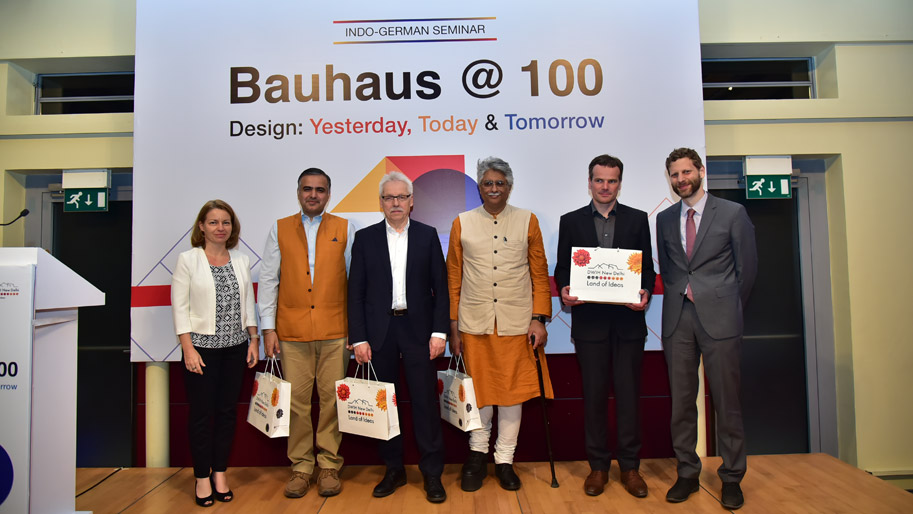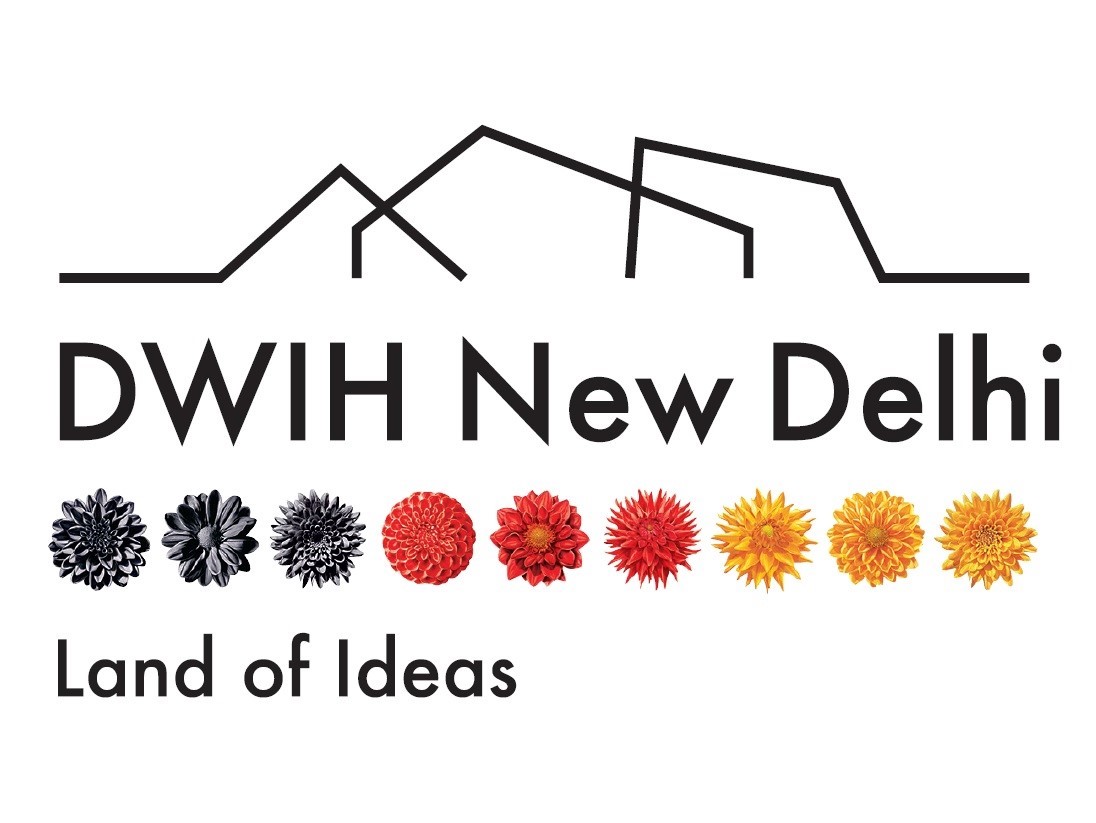Indo-German Seminar: Bauhaus @ 100
 © DWIH New Delhi
© DWIH New Delhi
To celebrate 100 years of Bauhaus, the German modernist art school that redefined the dynamics of the relationship between art, design and technology, and to pay a tribute to its artists and teachers, the Indo – German Seminar: Bauhaus @ 100 was organized. The seminar was conducted by the German Centre for Research and Innovation _ DWIH New Delhi, together with the DAAD – German Academic Exchange Service, the German Embassy and IIT Roorkee.
Students from design and architecture schools, scholars, architects, and industry representatives comprised the audience of the session that boasted of eminent speakers from Germany and India, who shared their insights and interpretations of the phenomenon that was Bauhaus.
Founded in 1919 by Walter Gropius, Bauhaus was described by Mr. Stephan Lanzinger, the Head of Science and Technology Department at the German Embassy, as a ‘participative force that fostered peace.’
Dr. Gerd Zimmermann, ex-President of the Bauhaus University in Weimar, and the keynote speaker then elaborated on the “Vision of Bauhaus” in his address. Starting off with a brief history of Bauhaus, he introduced the audience to the main ideas, figures and colors predominant in the Bauhaus design and talked of a shift from ‘Expressionism’ as the first phase of design to the next phase of ‘Rationalization of Form’ through the journey. The intersection of new media and technology was also highlighted via examples of the Light Space Modulator, “a device used for demonstrating both plays of light and manifestations of movement.”
He concluded with a mention of the Bauhaus Alliance, a programme by the Federal Cultural Foundation of Germany and a collaboration of nine German states to commemorate the centenary of Bauhaus.
Prof PS Chani from IIT Roorkee brought the Bauhaus closer home, by familiarizing the audience to its influence on Indian architecture. He promised that by the time he finished his talk, they would be able to recognize the imprints of the Bauhaus style in the buildings around them. The ideas of glass and steel buildings, curtain walls, white planar geometry and functional furniture, prevalent in modern day buildings all trace their origins to Bauhaus. Post-independence Indian architecture is also inspired by the Bauhaus. He surmised the session with the words, “Form follows function.”
The next speaker for the evening was Dr Joerg Noennig, Director of the Wissensarchitektur Laboratory for Knowledge Architecture at TU Dresden. He had the audience’s attention from the beginning, when he quizzed them on how much Bauhaus was inside them, in their genes. Proceeding to introduce Memetics – The Genetics of Ideas, he then described, with examples, Bauhaus as a combination of certain genetic traits and ideas like radical + technology, global + movement and unafraid + experimenting which defined its key features. The highlight of his talk was the introduction to the H2020 Project U_Code in which hundreds of people from all walks of life get to collectively design their city. The interesting part is that Pilot Projects based on this are already in force in Kochi, Vijayawada and Chennai in India.
Dr Gaurav Raheja from IIT Roorkee, the last speaker for the evening, routed the conversation from the Bauhaus Heritage to Social Inclusivity of Design, a principle at the heart of the Bauhaus movement. He urged that universal design should have 8 goals – body fit, awareness, comfort, wellness, understanding, social interpretation, personalization and cultural aptness, all of which would be the future of design.
The seminar concluded with a networking dinner reception and the exchange of more ideas between the speakers and participants.
Date: Monday, 8 April 2019
Venue: Embassy of the Federal Republic of Germany, New Delhi
